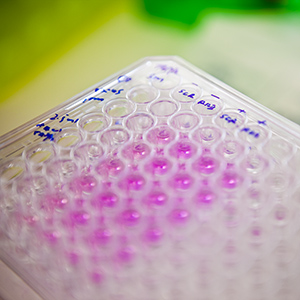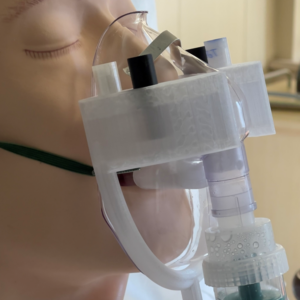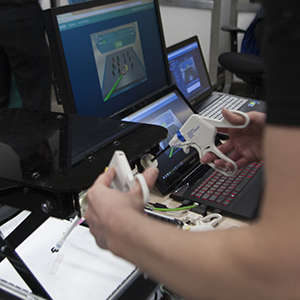OMAHA, Neb. (June 3, 2019)—UNeMed’s tech transfer podcast, “Innovation Overground,” published this morning its latest episode, “Better security through science.”
In the latest episode, Overground hosts Joe Runge, Tyler Scherr and Charlie Litton, discuss new technologies that could impact border security. The crew covers things like an improvement to reinforced a href=”https://www.warf.org/technologies/engineering/summary/splice-system-to-connect-reinforcement-bars-in-concrete-assemblies-p08344us02.cmsx” target=”_blank” rel=”noopener”>concrete, search a href=”https://gtp.autm.net/public/project/43810/” target=”_blank” rel=”noopener”>drones., and image recognition a href=”https://aim.autm.net/public/project/12878/” target=”_blank” rel=”noopener”>software.
Innovation Overground was created to help promote academic innovation and the technology transfer and commercialization efforts at the University of Nebraska and beyond. The podcast intends to examine what it takes to advance academic inventions and discoveries beyond the research bench and into people’s lives as “actual things on a shelf.”
New episodes are published on Mondays, and are available on most podcast channels, including Google Play Music, iTunes, iHeartMusic, Podomatic, Spotify and Spreaker.
Use the below links to subscribe, listen to previous episodes and learn more.
 | |||
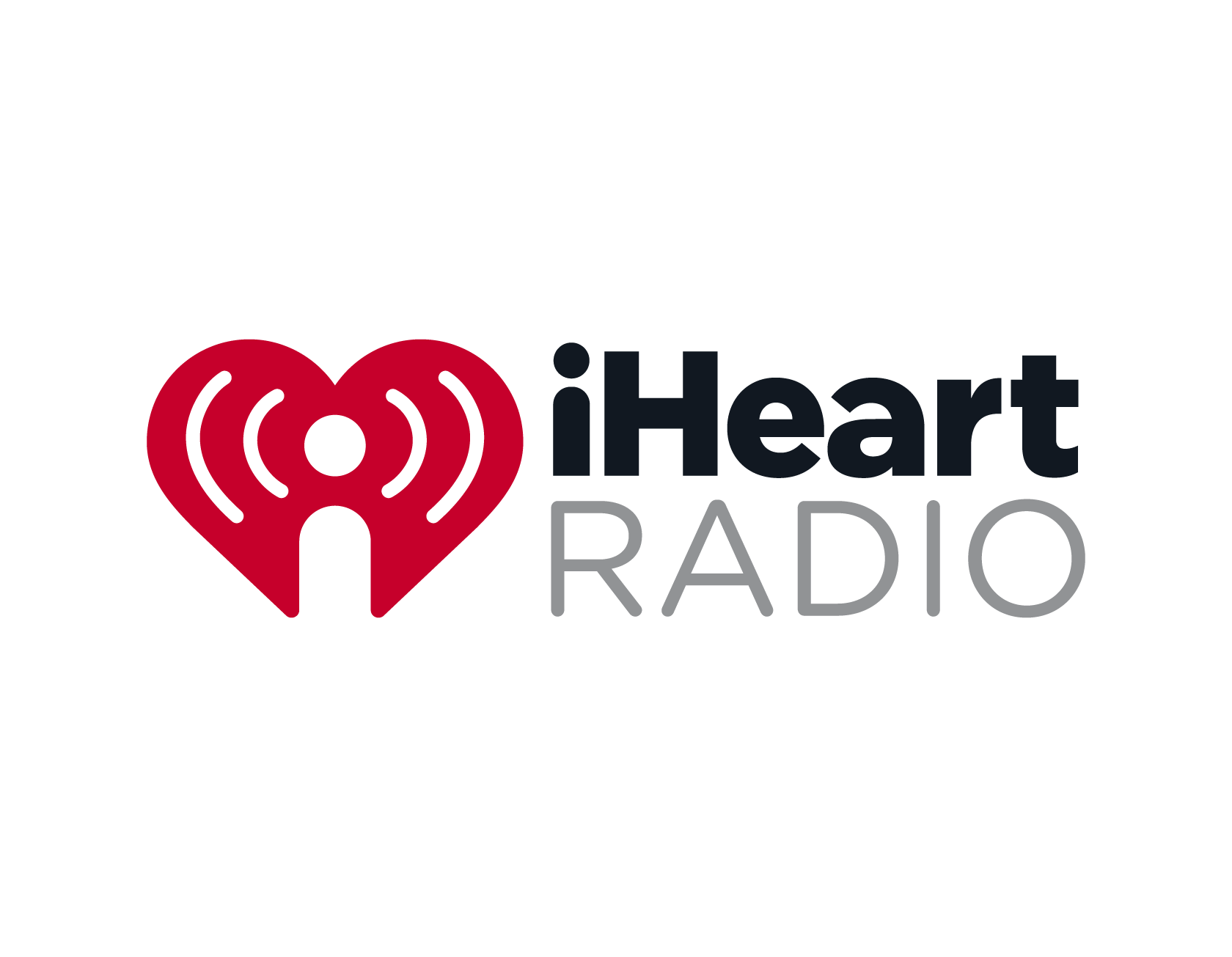 | |||
 | |||
 | |||
| Listen to this podcast on Spreaker | |||
| Player FM | |||
| Pocket Cast | |||
| Luminary |

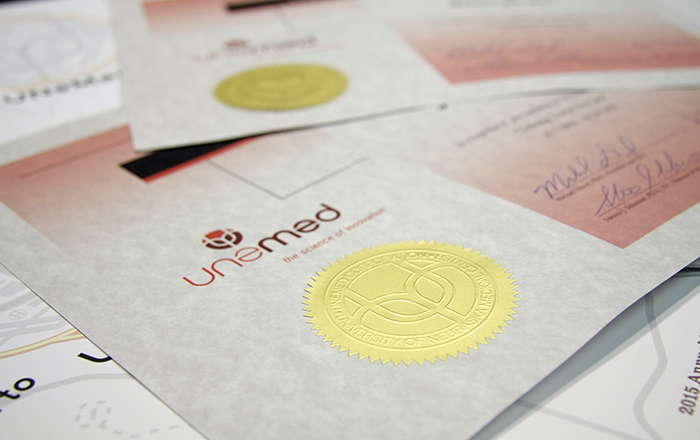
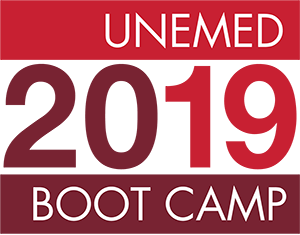 OMAHA, Neb. (April 29, 2019)—The next Technology Transfer Boot Camp is scheduled for Aug. 12-16, UNeMed announced today.
OMAHA, Neb. (April 29, 2019)—The next Technology Transfer Boot Camp is scheduled for Aug. 12-16, UNeMed announced today.
